A Walk on the Edge – Olubiyi Adebayo Michael
A Walk on the Edge
Olubiyi Adebayo Michael
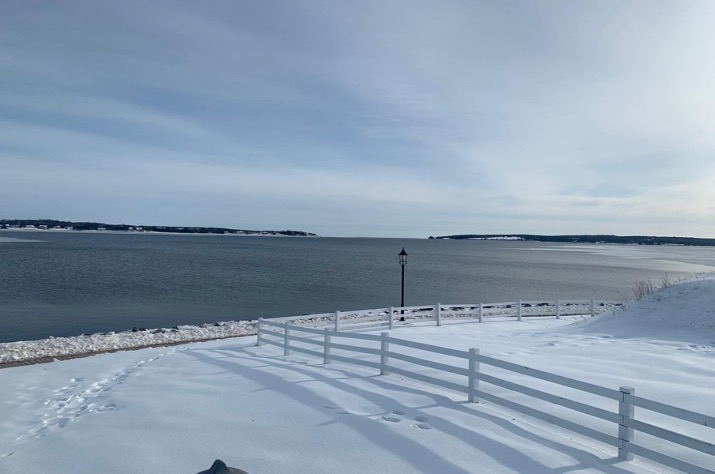
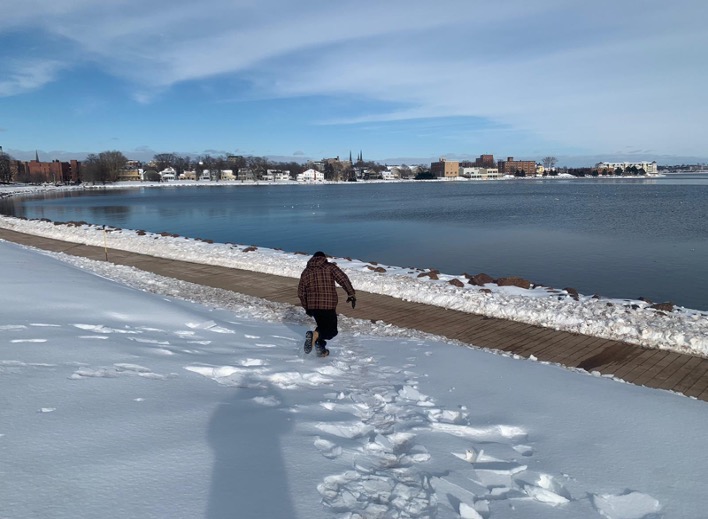
Walking the Victoria Park boardwalk on a cold Wednesday afternoon, a day after heavy freezing rain was experienced island-wide, was an opportunity to visit and reflect on the Island’s perimeter’s significance. This geophysical boundary delineates the land from the sea. I reflected on being in that place, space and time and what it means to walk on the edge.
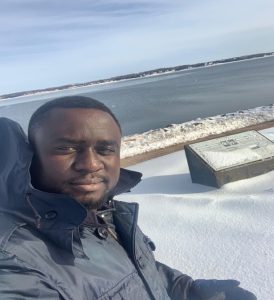
One of the reasons I chose Victoria Park was its historical richness. The history of Charlottetown is strongly connected to the events and activities that predated the modern-day Island. As I walked through the shore, I had a strong sense of land and sea interchangeability. Sea and land boundary are indefinable because there is no day the shoreline is precisely the same. The sea all through history depicts unrest where waves have broken against the land, and more land is claimed by the sea and vice versa.
As I explore the edge, I reflected on the past historical facts that should not be obliterated in the continuing flow of time of the Island. One of the sites you would notice is the Harbour entrance named Port Lajoie on the Harbour’s right-hand side. It was the focal point of the mid-18th century history of the Island. The Acadian settlers saw this place as a new settlement, moved towards the rivers, and carved a place of peace with the indigenous Mi’kmaq’s help and experience. The Harbour became the entry point and a shipping port for the Acadians, and it also provided a military presence for the new settlement. However, this was all short-lived after Louisburg’s final fall in 1758, the Island came under British Rule.

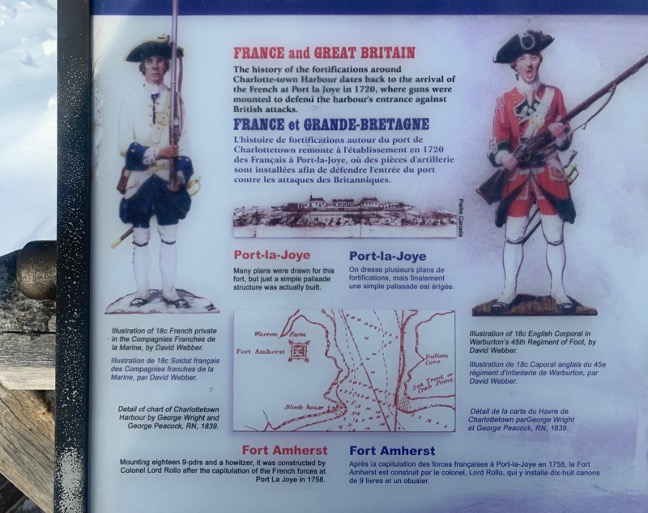
The heartbroken Acadians were carried into exile except for a small number that escaped to the woods, and the French Regime came to an end. The British Regime began in 1763 and was marked by the arrival of a small garrison of men. Port Lajoie was renamed Fort Amherst by the British Regime, and it was from there that the new colony was directed and defended under the command of the first governor of the Island, Walter Patterson. A new capital of Charlotte Town was laid in 1778, and the settlement of the town grew as settlers moved across the water. Today that particular piece of land across the water is designated as a National Park. An archeological investigation is periodically carried out to confirm details of earlier times.
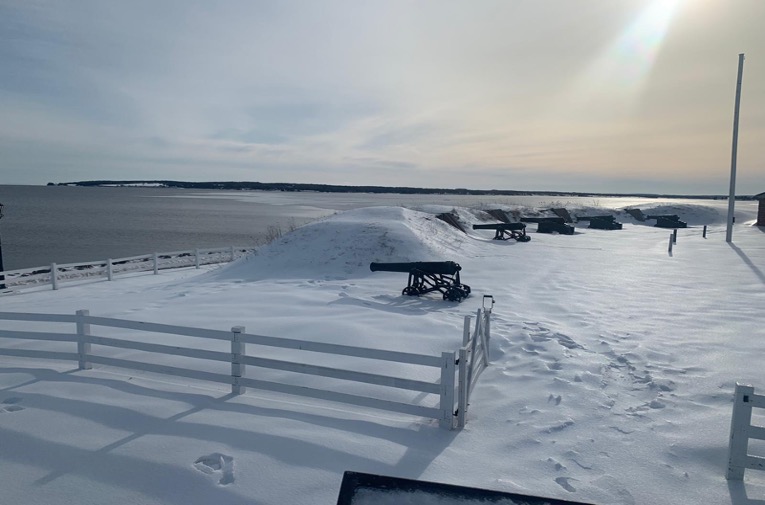
Another historical feature that could be seen nexus to the water is the Prince Edward Battery and Magazine. It was moved to this site in 1805. The Battery was part of the defence system for the town. Although its six guns have never been called on for any defensive action, it has often been used for ceremonial occasions.
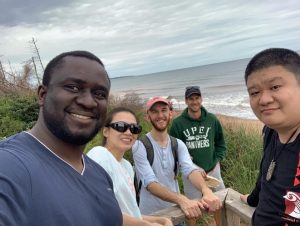
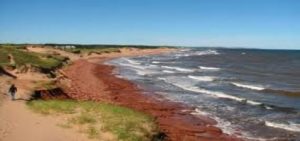
Walking through Victoria park during winter cannot be compared with my summer experience at Brackley Beach. August 6, 2020 was a bright day with much sunshine and a perfect getaway from the stressed city life in Charlottetown to see the perfect sea lines and crystal-clear water shores. Brackley Beach is located just 15 minutes from Charlottetown, and it was named after a clerk of the P.E.I. Legislative Council who served the province from 1772 to 1776 before drowning in what is now Brackley Bay. It is a popular destination for many visitors, and it offers miles of pristine sandy beaches and majestic dunes with various nearby attractions to enthrall all guests to the region. It extends into Rustico Harbour and forms Rustico Island.
While walking through the Beach, the first thing that hit me was the sound. The sounds of birds, the sound of the sea crawling onto the sand. I felt a million grains of sand underneath my feet and the cool breeze against my face. Moreover, the tantalizing scent of the washed-up waves, I was amazed by how easily fantasy and reality intertwined at that moment. It was like continuing a dream after waking up. As the sun continuously rose, all the deep blue sky faded away, and the sun took its strong position at the top of the sky, shining so very blindingly beautiful and such a mood-lifting moment for me.
That moment in August 2020 was a challenging time for me- it was just 60 days from the day that I lost my mother to the cold hands of death. I was still saddled in pain, and my heart aches. While I sat down to meditate and reflected on life, I was filled with tears. Consequently, I had a severe headache, so I decided to sit down in the sand. While sitting down, I observed the ocean as clear as crystal; I dragged myself up, turned to the back and walked through the shoreline. Then suddenly, the sound of the birds started to rise. It brought freedom and happiness to my mind. Beautiful flowers and plants I never got to know their names lounged happily along the banks of the water. The waves’ lovely sound, the birds’ chirping, and the leaves’ sound rustling when the wind blew gently brought me a feeling of peace and tranquility. I left the Beach lifted in spirit, soul and body. I felt rejuvenated beyond words.
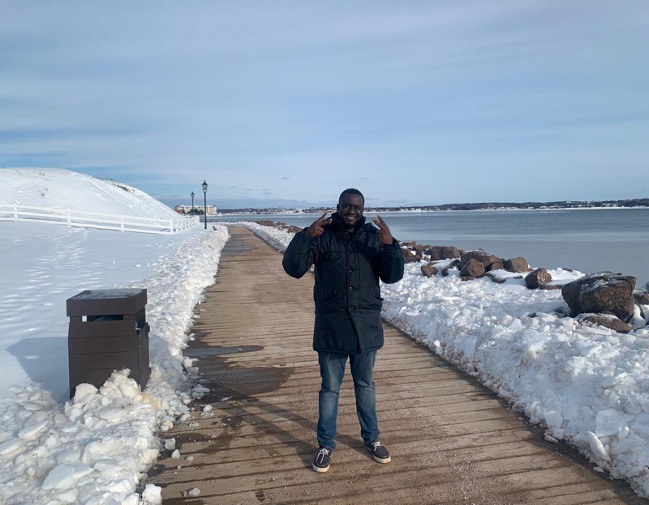

In conclusion, having experienced what it means to “Walk-on-the-Edge,” I can say that in all my life, I have never felt the conundrum of being physically limited by an edge of the water (which depicts restrictions, caution) while at the same time enjoying the beauty of island confinement, deep connection to nature, stability, and endless island possibilities. Depending on individual lenses, the edge is the equilibrium between land and sea, solid and liquid, the breaking-point and safety, and claustrophobic and freedom.

Olubiyi Adebayo Michael is a Graduate Student in the Master of Arts in Island Studies program at the University of Prince Edward Island.
Back to ‘A Walk on the Edge 2021’